Do It Yourself
10 Tips for Raising Healthy Cattle
If you’re new to cattle raising, look no further. We’ve compiled a list of the top 10 tips for raising strong and healthy cattle.
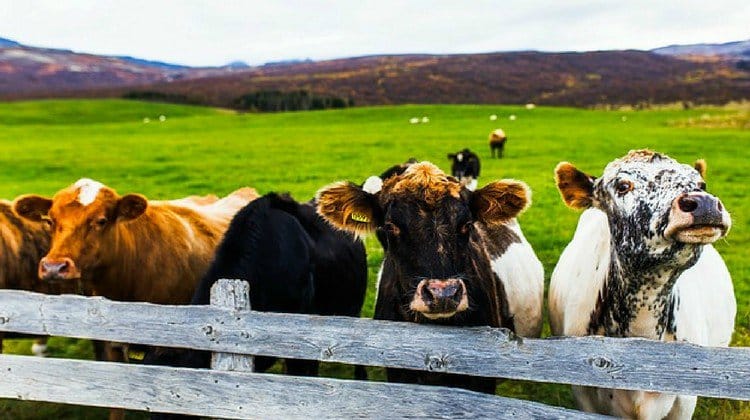
If you’re new to cattle raising, look no further. We’ve compiled a list of the top 10 tips for raising strong and healthy cattle. There’s a certain appeal to being self-reliant even if it has its own set of advantages and disadvantages. Homesteaders can live off the grid, secure in the thought that their health is not in jeopardy, because they eat food that they have grown and raised themselves.
The Homesteader’s Guide to Raising Healthy Cattle
We can also live that kind of life. It’s a fact that farming is laborious, but it is rewarding and anyone can do it. There is no need to wonder how the food on your plate was made. Healthy cattle provide milk and meat, making them ideal livestock even for those who are new to farming. Raising cattle can become more than a source of clean, healthy food; it can also be a good source of income. All you need is hard work, proper management and planning. Plus you will have a source of food in emergencies, natural disasters or when SHTF.
Here are a few tips we have gathered for those who are new to cattle raising.
1. Choose Calves Carefully
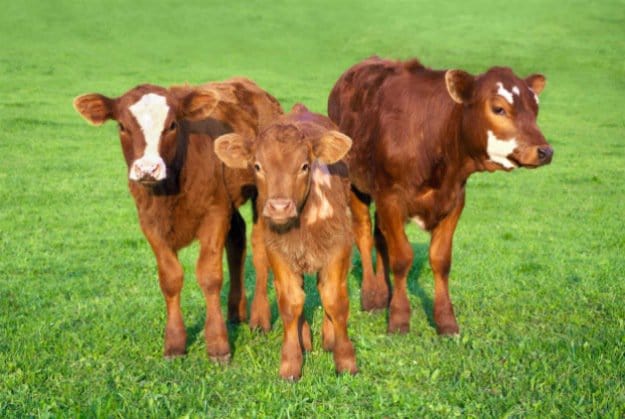
The first thing you should know in learning how to raise cattle is where to find a good supplier of quality animals. The most advisable to purchase are older feeders or several calves that are already weaned. Here’s what you can do to start your search:
- Look for advertisements on your local newspaper
- You can advertise yourself as an interested buyer
- Visiting farms and local feed mills provides opportunities to be led to farmers who currently have some animals for sale.
- You can try auction houses, but always be wary of animals bought from auction houses as some of them might already be sick.
Note: If you plan to purchase from an auction house, make sure to have someone with you who can pick out healthy animals from those that are not.
2. Provide Adequate Shelter
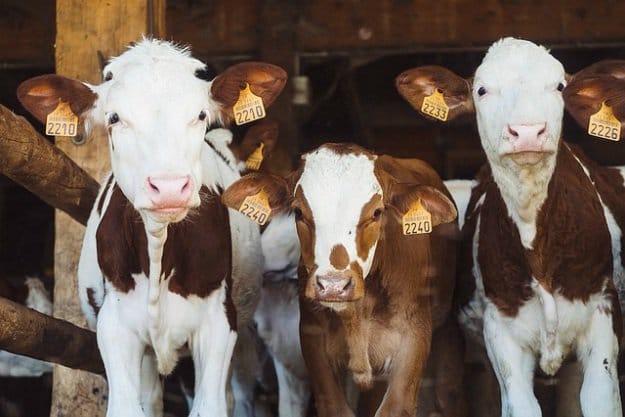
A three-sided shelter with the back facing the wind, should have enough space and must be draft-free. A cattle’s’ breathing releases a lot of moisture, not to mention the waste excretion. These in turn should be allowed to escape, if you don’t want them to have various health problems.
3. Land Must be Suitable for Grazing
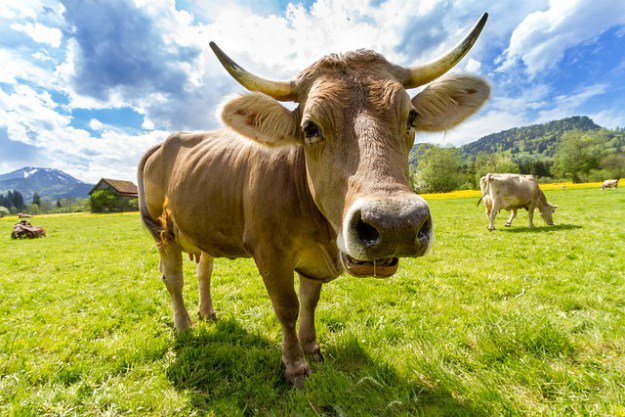
Determine how many cattle your land can support. Splitting your pasture into half can also allow you to rotate your cattle form one side to the other. This gives the other half to recover while they’re grazing on the other half. Some use portable electric fences to allow them move around more when needed and to strip graze smaller areas at a time.
4. Deworm
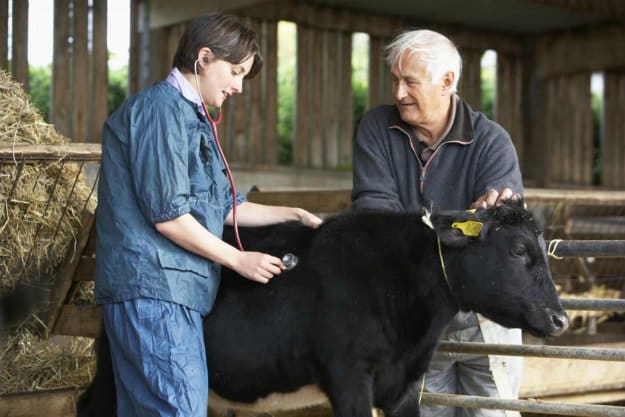
Seek advise from a trusted veterinarian as to when to deworm, what products you should use, and the best procedure you should follow. Deworming is a regular task for cattle herds. Caring for their health in this way will do you and your cattle good in the long run.
5. Feeding Options
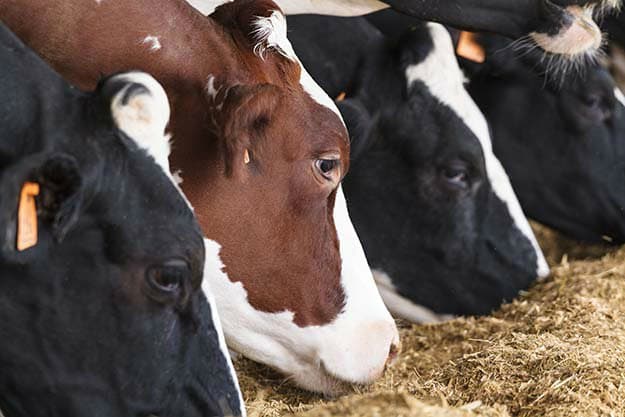
Producing quality meat and milk from your cattle requires a lot of nutrients. You can opt to purchase cattle feed from a livestock store, hay, grain, supplements, minerals, silage, or give them fresh grass. However, there are benefits for your beef on grass-fed livestock other than the fact it saves you a lot of money. Especially if you choose to use hydroponically grown sprouts.
6. Breeding Hack
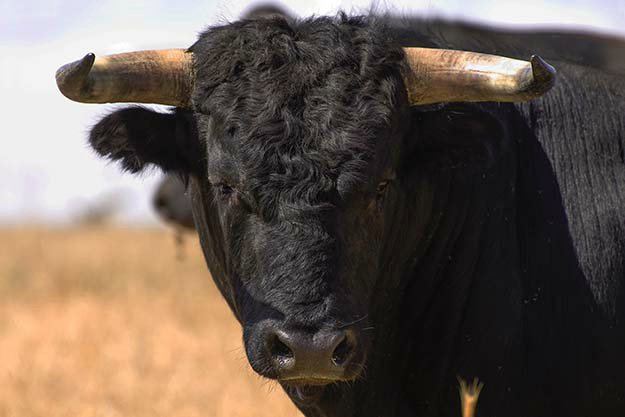
If you want to breed cattle, keeping them in good physical condition and in a healthy environment matters. Over or underfeeding your cattle can decrease their chances of conceiving and increasing the health risks of a calf at birth.
7. Consider the Climate
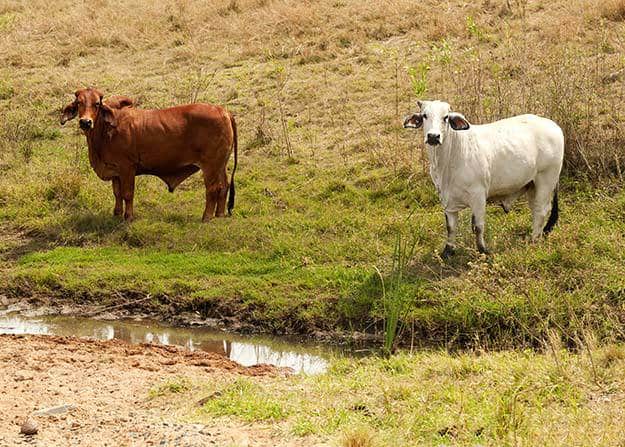
Does your area get enough rainfall? Is it too hot or too cold at certain times of the year? These are just some questions that you need to get answers for. Coordinate with the people at your local weather station for past records and discuss with animal experts regarding the technicalities of this matter to make it more conducive for your herd.
8. Fertile Land
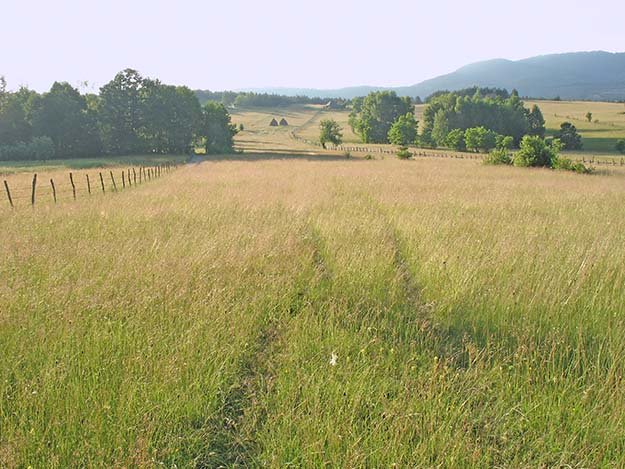
If you have poor land and you want to try producing pasture without using fertilizer, word of advice, don’t! It just won’t pay off. You would probably lose more than you could earn in the long run. Invest on potash, phosphate, nitrogen, and limestone to fatten the land.
9. Give ‘Em Water
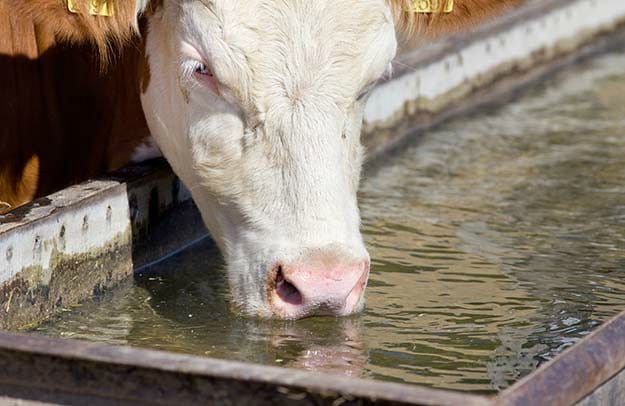
Finally, make sure you have an adequate supply of water. Just to give you an idea, cows, on average, drink about 12 gals of water a day. You should put this in mind when setting up tubs or troughs for your source of water. Tank heaters are a great way to save your back from doing too much ice chopping as the weather drops during the winter.
Do you have tips for raising healthy cattle? Share them in the comments section below!
UP NEXT: 9 Tips For Raising Healthy Pigs
Follow us on Facebook, Instagram, Twitter, Pinterest, and Tumblr!
Editor’s Note: This post was originally published on May 2016 and has been updated for quality and relevancy.
-

 Do It Yourself7 months ago
Do It Yourself7 months agoParacord Projects | 36 Cool Paracord Ideas For Your Paracord Survival Projects
-

 Do It Yourself9 months ago
Do It Yourself9 months agoHow To Make Paracord Survival Bracelets | DIY Survival Prepping
-

 Do It Yourself9 months ago
Do It Yourself9 months ago21 Home Remedies For Toothache Pain Relief
-

 Do It Yourself10 months ago
Do It Yourself10 months agoSurvival DIY: How To Melt Aluminum Cans For Casting
-

 Exports8 months ago
Exports8 months agoAre Switchblades Legal? Knife Laws By State


Pingback: 6 best tips for raising cattle - Homestead Notes
Pingback: 16 Tips for Raising Goats | Survival Life
Pingback: Advantages of Going into Chicken Farming | Survival Life
Pingback: Most Popular Breed of Sheep For Your Homesteading Needs
Pingback: How to Raise Quail for Eggs and Meat | Survival Life
Pingback: 9 Freshwater Fish Farming Tips for Homesteaders
Pingback: 9 Tips for Raising Healthy Pigs | Survival Life
Pingback: 9 Things You Need to Live Off the Grid - Survive!
Pingback: Things You Need to Live Off the Grid | Survival Life
Pingback: 9 Things You Need To Live Off The Grid | Primitive technology